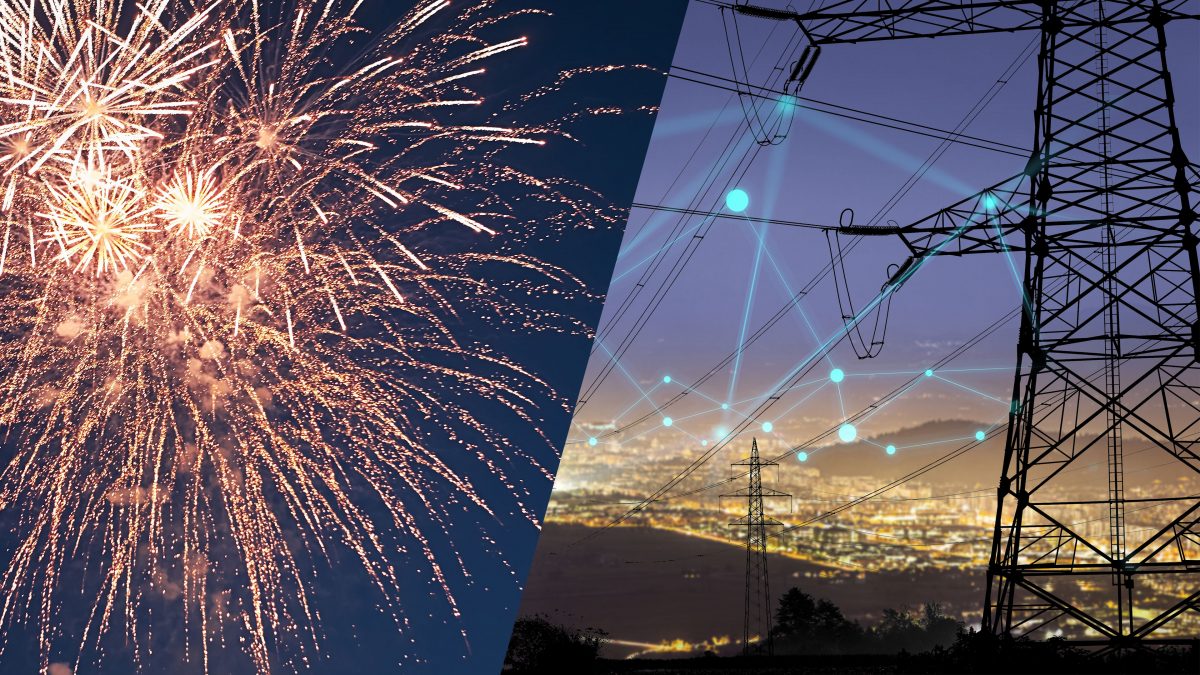
It is always good to explore new metaphors and new ways of understanding interreligious and interfaith efforts. At ICJS, our aim is to build an interreligious, multigenerational, racially diverse network of institutions, schools, nonprofits, and religious communities in our area. What would it take to get there? At our best, we could be bringers of light—an image shared across many religious traditions. But there are many kinds of light. In exploring different ways that we could do this important interreligious work together, I consider whether ICJS is the firework or the power grid.
The firework is hot, bright, and beautiful—a symbol of celebration and commemoration. The sound of the explosion draws our attention, then we ooh and aah in unison as we look up into the darkness together and, for a moment, see clearly a shape, a form. Our eyes are focused for the moment, and we share a common vision. But then the firework fades. The light burns bright, then burns out.
In moments of great stress and conflict, religious leaders often gather together and shoot off fireworks. We bring light and heat and clarifying beauty. We make statements. We stand as allies. We send thoughts and prayers. We can command the attention of crowds to a common vision. But fireworks are not sustainable; nor are fireworks a sustaining source of light.
The power grid is an interconnected network that brings light to homes and institutions every day. The electricity comes from a variety of producers; it travels in and out of our lives, almost invisible, yet incredibly powerful. A functional power grid keeps the light on, the coffee pot brewing, and our computers humming. The power grid sustains our connectedness.
Creating and sustaining the power grid is not quick work. Building reliable infrastructure requires vision, time, and hard, sustained labor. And while people ooh and aah over fireworks, it is the rare person that has that reaction to turning on a light switch in their home. But while there are not many public accolades for the power grid, our common life is made better daily because if it. And our homes glow with sustained light.
In order to build the interreligious infrastructure necessary to reach our vision of a robust and sustained interreligious, racially diverse, multigenerational power grid for Baltimore, we need long-term partners, and long-term commitments to being in relationship with one another. I am hopeful for the future, grateful for our partners in this important work, and interested in continuing to learn and grow together.
Heather Miller Rubens, Ph.D., is executive director and Roman Catholic Scholar of ICJS.